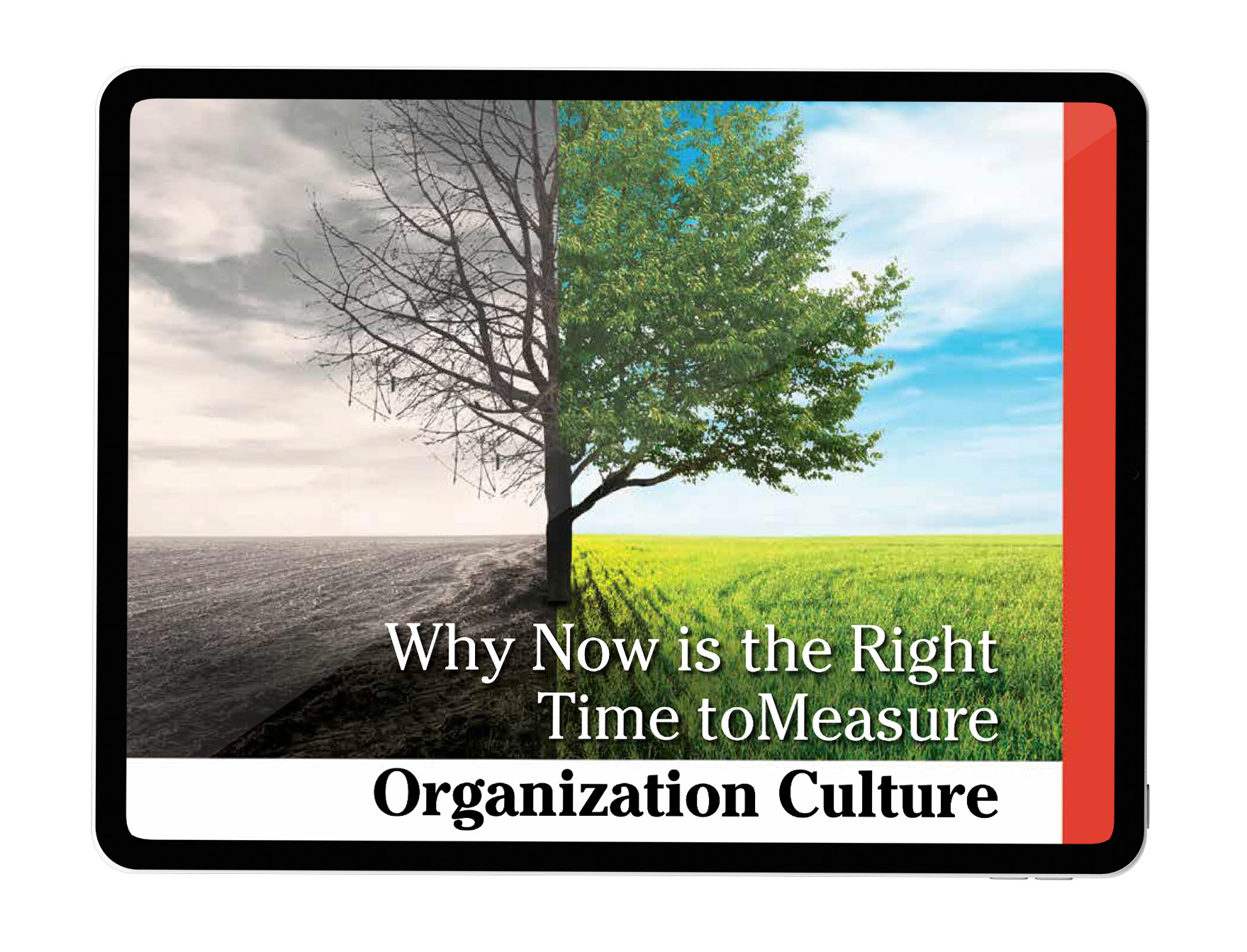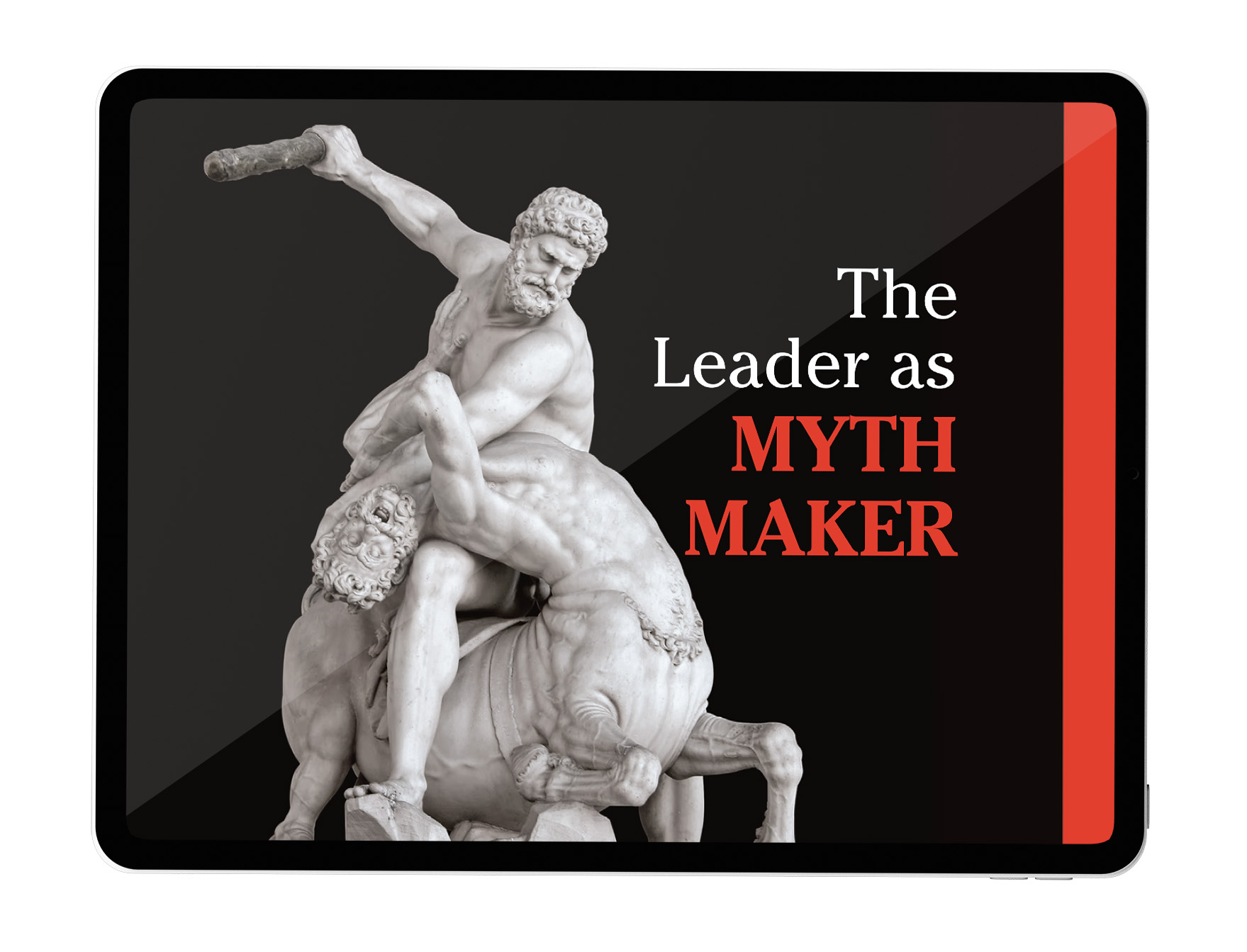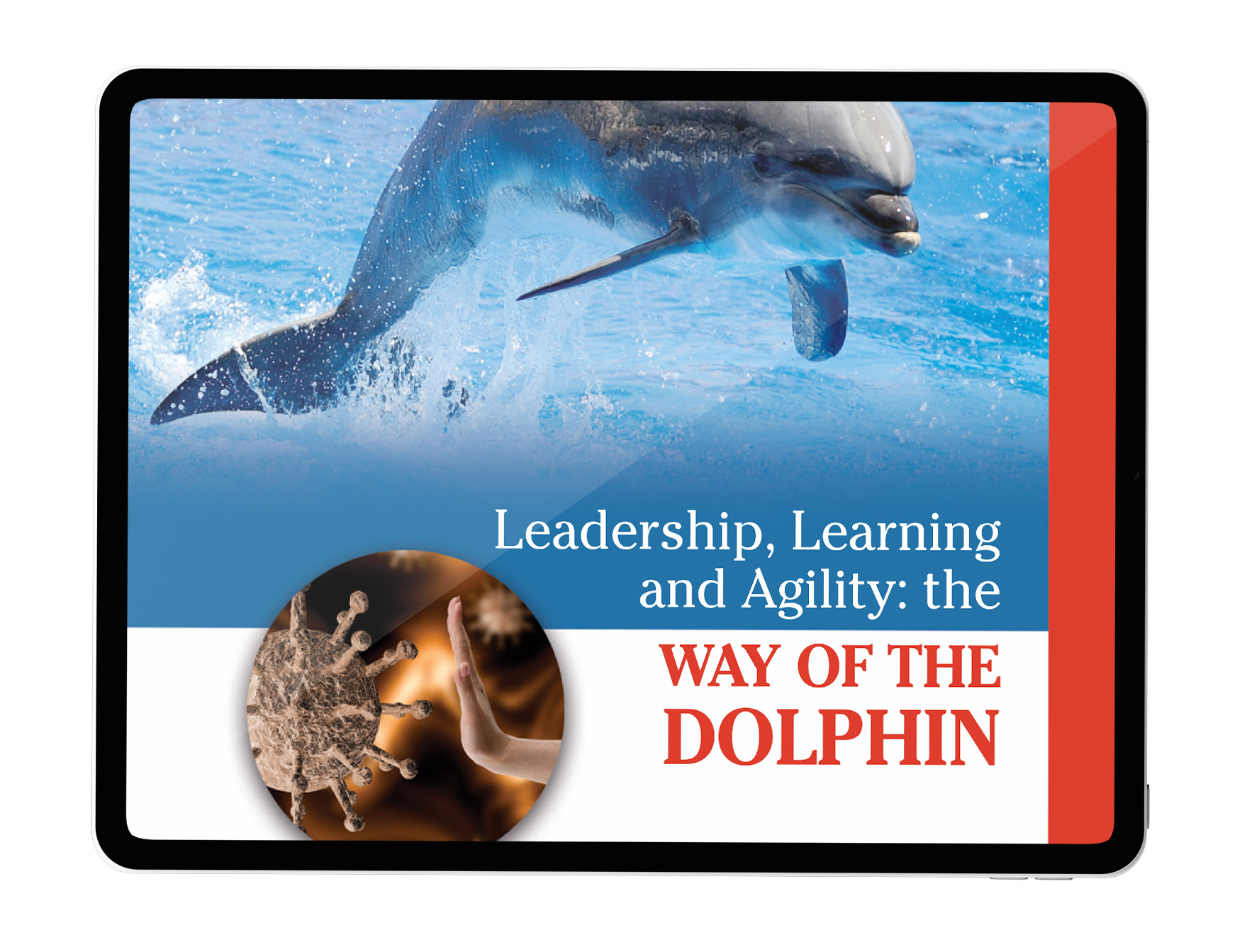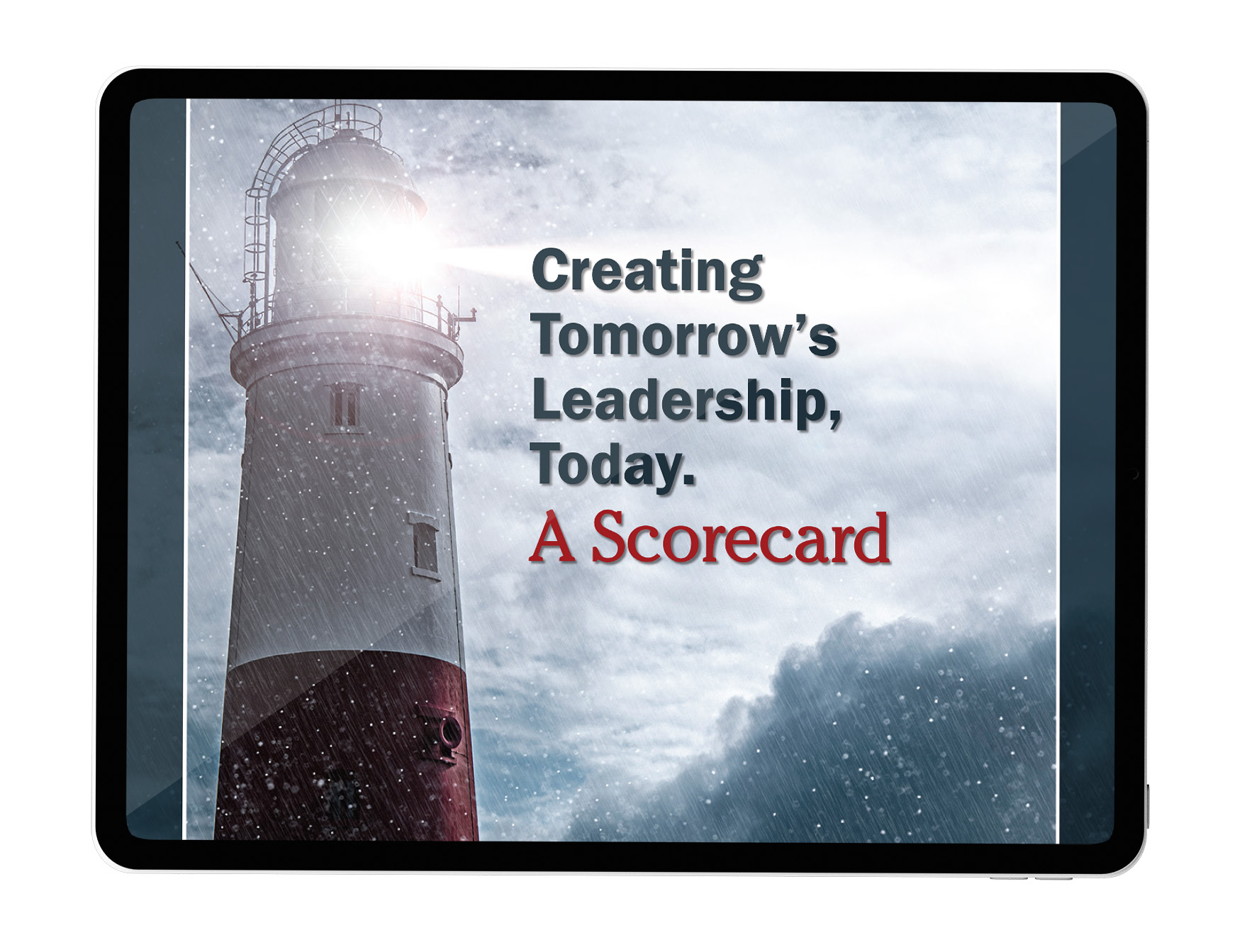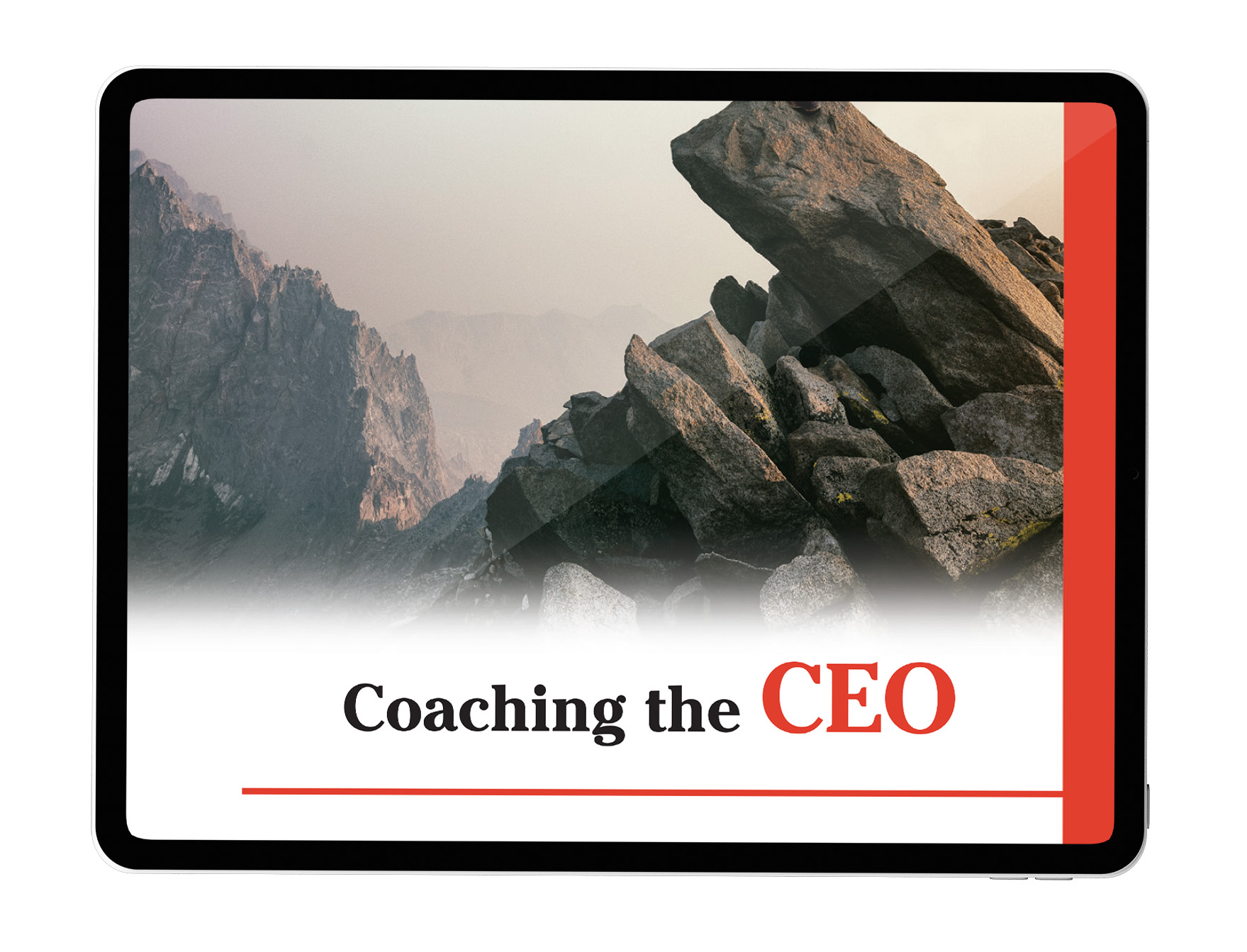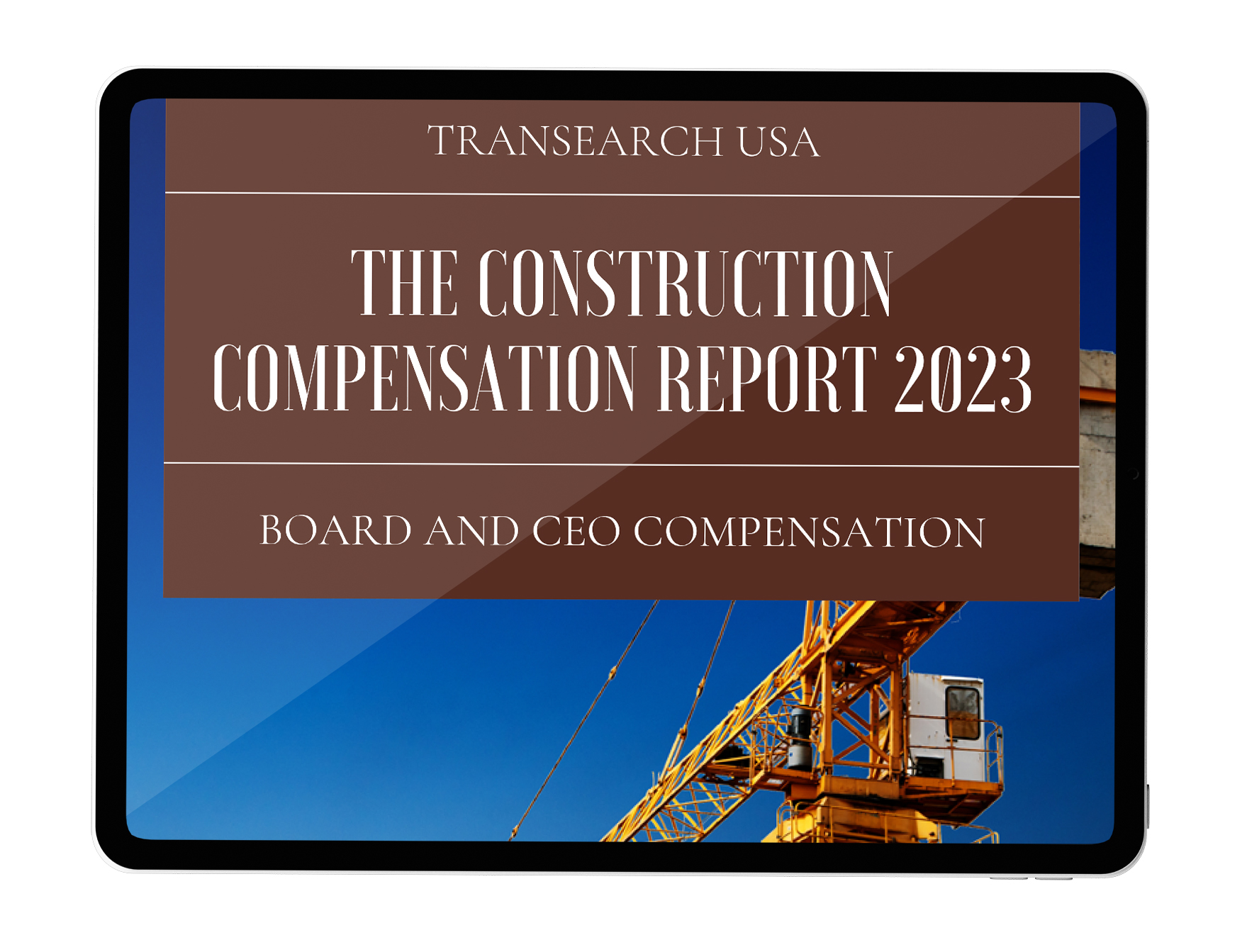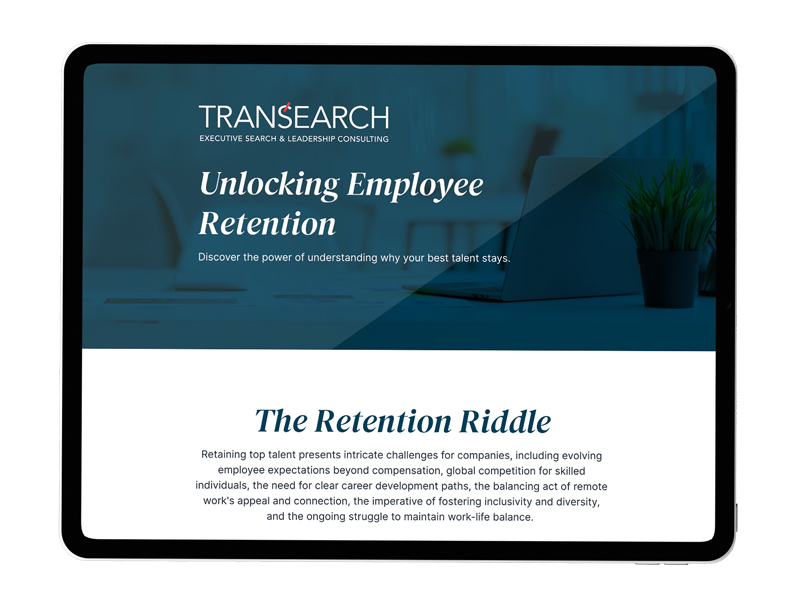Building the Right Leadership for the Energy Landscape
The energy industry is undergoing a massive transformation. The shift toward renewable energy, digitalization, and regulatory shifts has created new challenges and opportunities for leadership. Companies need executives who understand energy infrastructure and sustainability and have the strategic foresight to navigate industry disruptions.
How do you select a leader who will drive innovation, manage risk, and align with your company’s long-term vision?
A successful energy executive search requires a well-defined strategy that goes beyond traditional hiring methods to identify, assess, and integrate high-impact leaders. Below, we outline five essential steps to securing the right executive talent in the energy sector.
1. Define the Leadership Capabilities Needed for the Future
Leadership success depends on future readiness in an industry as dynamic as energy. Rather than focusing only on past experience, companies must assess what leadership capabilities will be needed 5 to 10 years down the line.
Key Questions to Ask:
-
Is your organization focused on traditional energy, renewables, or a hybrid model?
-
What technological advancements will impact your sector in the next decade?
-
How will geopolitical and regulatory changes shape your business operations?
By aligning your executive search with long-term industry trends, you ensure that your next leader is not just a fit for today—but a catalyst for future growth.
2. Look Beyond the Obvious Candidate Pool
Many companies make the mistake of searching for energy executives only within their own sector. However, with the rise of digitalization, sustainability, and alternative energy sources, the best candidates may come from adjacent industries.
Where to Find the Right Energy Leaders:
-
Tech Industry – Executives with experience in AI, smart grids, and energy efficiency solutions
-
Infrastructure & Transportation – Leaders skilled in large-scale project management and global logistics
-
Financial Sector – Executives who understand energy investments, risk management, and global economics
-
Government & Policy – Experts in regulatory frameworks and public-private partnerships
Expanding the candidate search beyond traditional energy backgrounds allows companies to access fresh perspectives, innovative thinking, and leadership agility.
3. Use Predictive Assessments to Minimize Risk
The cost of a mis-hire in the energy sector can be staggering. A poorly chosen leader can delay projects, increase compliance risks, and damage stakeholder trust.
To avoid this, organizations should go beyond resumes and interviews by incorporating predictive leadership assessments into the hiring process.
How Hogan Assessments Reduce Hiring Risk:
-
Identifies leadership strengths – Does the candidate thrive in high-pressure environments?
-
Exposes potential derailers – What behaviors may surface under stress or crisis?
-
Measures strategic fit – Will the leader align with your organization’s long-term goals and cultural values?
By using scientific, data-driven methods like Hogan Assessments, companies can accurately predict executive performance and make smarter hiring decisions.
4. Evaluate Cultural Fit and Leadership Chemistry
The energy sector requires leaders to align diverse teams, engage with stakeholders, and adapt to shifting industry dynamics. A candidate’s cultural fit is just as critical as their technical expertise.
Key Leadership Qualities for Energy Executives:
-
Resilience in a volatile industry – Can they navigate price fluctuations, supply chain issues, and regulatory changes?
-
Stakeholder management – Are they skilled in engaging with investors, government bodies, and local communities?
-
Global perspective – Can they lead across multiple regions, regulations, and cultural landscapes?
TRANSEARCH’s Orxestra® Methodology goes beyond generic leadership evaluations to measure how well a candidate fits within an organization’s unique cultural and strategic framework.
The Orxestra® Advantage for Energy Firms:
-
Culture Mapping – Defines the core values that drive decision-making within your organization
-
Leadership Balance – Ensures a well-rounded executive team, considering vision, execution, engagement, and innovation
-
Team Dynamics – Assesses whether a candidate will strengthen or disrupt existing leadership chemistry
By prioritizing cultural alignment, energy firms can avoid leadership conflicts and ensure a smoother executive transition.
5. Ensure a Seamless Leadership Transition with Structured Onboarding
A great hire can still fail without the right onboarding process. In an industry where projects are time-sensitive, and stakeholder relationships are crucial, new executives must adapt quickly and make an impact early.
Best Practices for Executive Onboarding in Energy Firms:
-
Create a 90-day action plan – Outline immediate goals and quick wins
-
Facilitate high-level introductions – Connect the executive with key stakeholders inside and outside the company
-
Address potential leadership gaps – Provide coaching to accelerate decision-making and team alignment
TRANSEARCH enhances this process with the Orxestra® Integration Workbook, a structured tool designed to help executives navigate the energy industry’s complexities and drive results from day one.
The Future of Energy Executive Search
As the energy industry evolves, so do the demands on its leaders. Companies that invest in forward-thinking executive search strategies—including broad candidate sourcing, predictive assessments, and cultural alignment—will be best positioned for long-term success.
Are you looking for an energy executive who can lead in an era of transformation? TRANSEARCH has decades of experience helping companies build high-impact leadership teams that drive innovation, sustainability, and business growth.
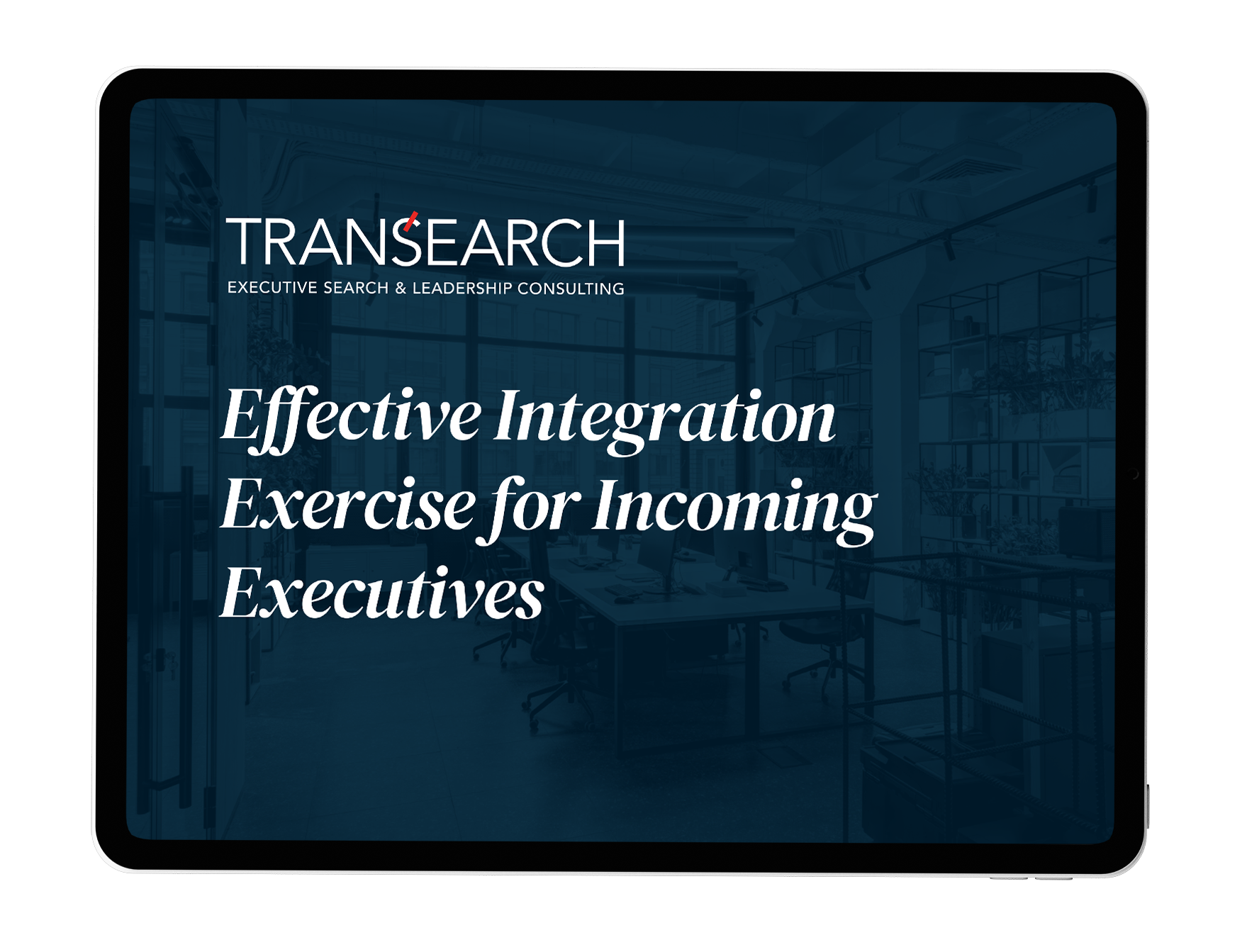
Effective Integration Exercise for Incoming Executives
Executive search and hiring is just one step to long-term success. Click to learn how to integrate new hires effectively using proven onboarding strategies.
Effective Integration Exercise for Incoming Executives
Executive search and hiring is just one step to long-term success. Learn how to integrate new hires effectively using proven onboarding strategies.






















